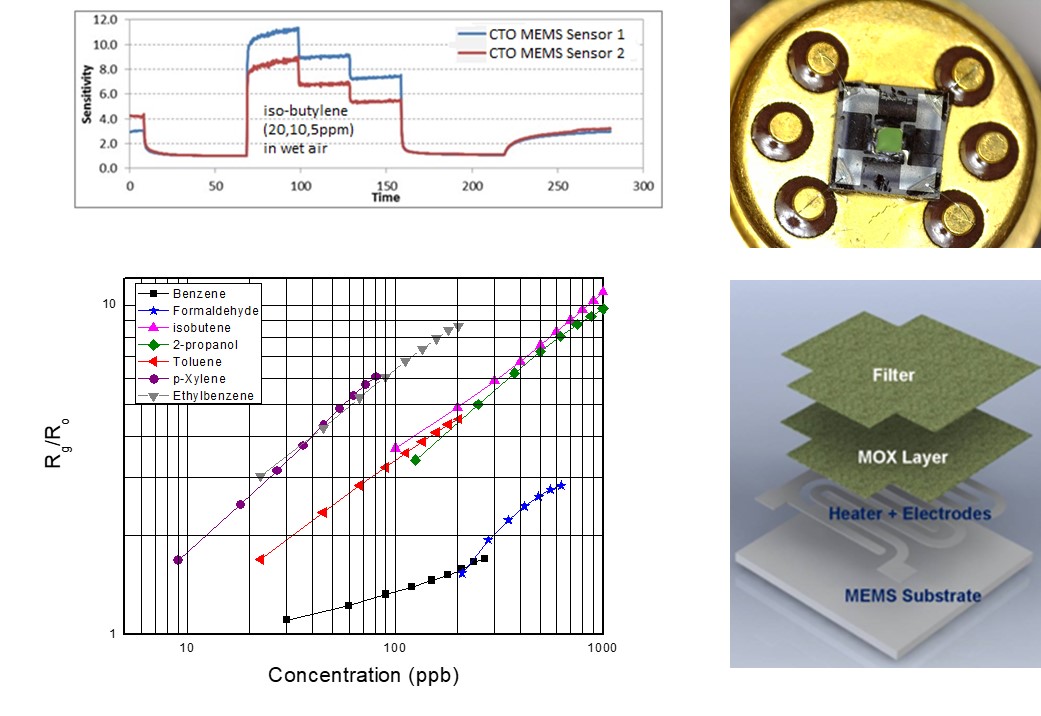Product Solution 3
Established Practice:
Commercially available MOX gas sensor use n-type gas-sensing materials. As binary metal oxides made from inexpensive precursors, they are easy to form and deposit. However they are handicapped by a high cross-sensitivity to ambient temperature and humidity and by a susceptibility to signal drift. This requires a heavy reliance on algorithms to compensate 'correctly' for these effects, which can mean the resultant processed data can depart considerably from the raw measured signal.

McGowan Solution:
We make and deploy p-type metal oxide materials with low humidity effects and resistant to signal drift. With minimal signal processing and corrections, the processed data used to trigger alarms is closely related to the raw measured data. Their immunity to environmental makes them additionally suitable to hot, humid combustion environments, such as gas boiler flues and engine exhausts.


